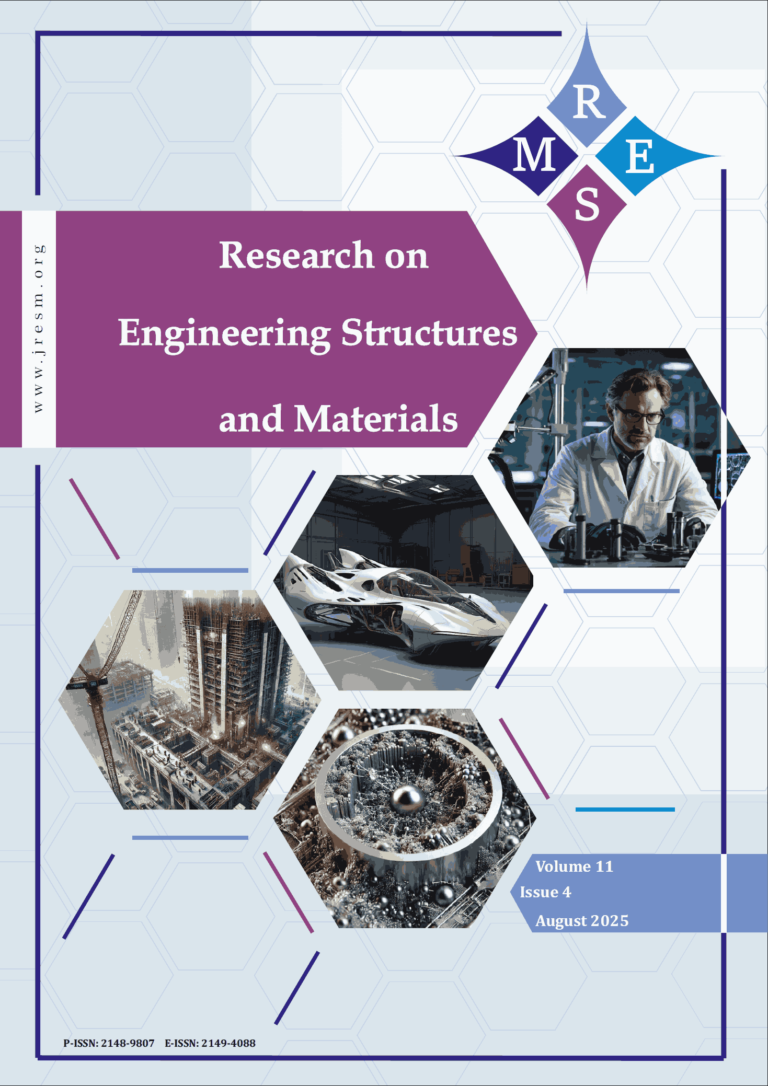This study examines the mechanical and non-destructive properties of M30-grade concrete incorporating recycled ceramic waste as a partial replacement for natural coarse aggregates at 0, 10, 20, 30, and 40% replacement levels. Mixes were designed with a water–cement ratio of 0.45, slump values ranging from 70–85 mm, and a minimum of three specimens tested per mix. At 28 days, compressive strength decreased from 35.5 MPa (control) to 31.2 MPa (10%) and 30.4 MPa (20%), both meeting IS:456 acceptance criteria (fck ≥ 30 MPa), while flexural strength reduced from 7.8 MPa (control) to 7.0 MPa (10%) and 6.5 MPa (20%). Corrected rebound hammer (RH) values (36.5–48.2) and ultrasonic pulse velocity (UPV) results (3.7–4.2 km/s) confirmed good to excellent concrete quality. Regression analysis established strong correlations between compressive strength and NDT results (fc = 0.30RH + 21.0, R² = 0.960; fc = 0.0058 (UPV, m/s) + 7.6, R² = 0.940), validating their predictive reliability. Statistical analysis (ANOVA) confirmed significant strength reductions beyond 20% replacement. The artificial neural network (ANN) model further supported these findings, showing high predictive accuracy (R = 0.97–0.99). The optimum replacement range of 10–20% is therefore recommended for structural applications, while higher levels are better suited for non-load-bearing elements, supporting both sustainable construction and circular economy objectives.
